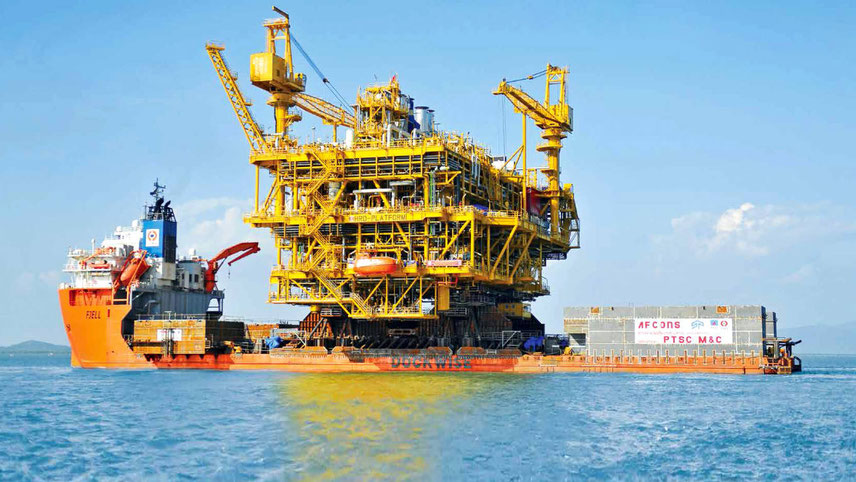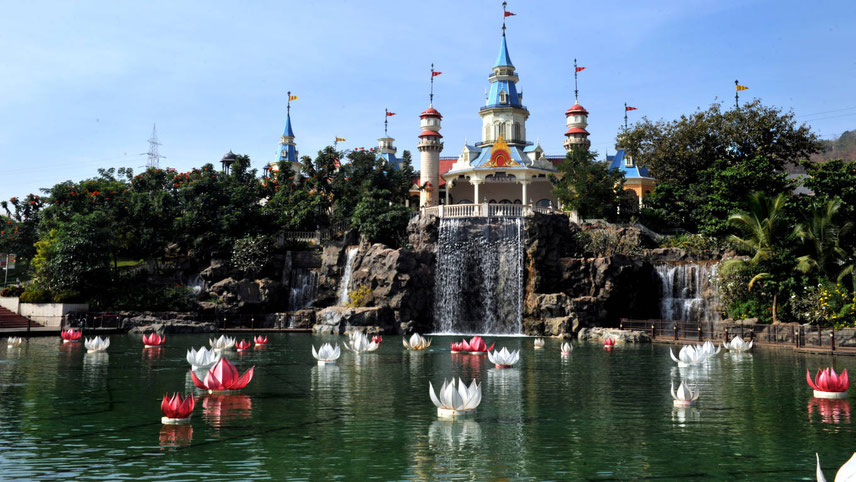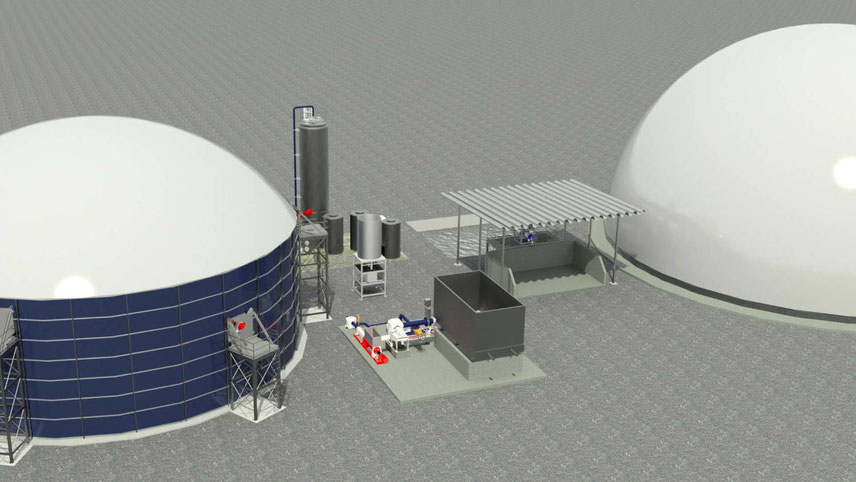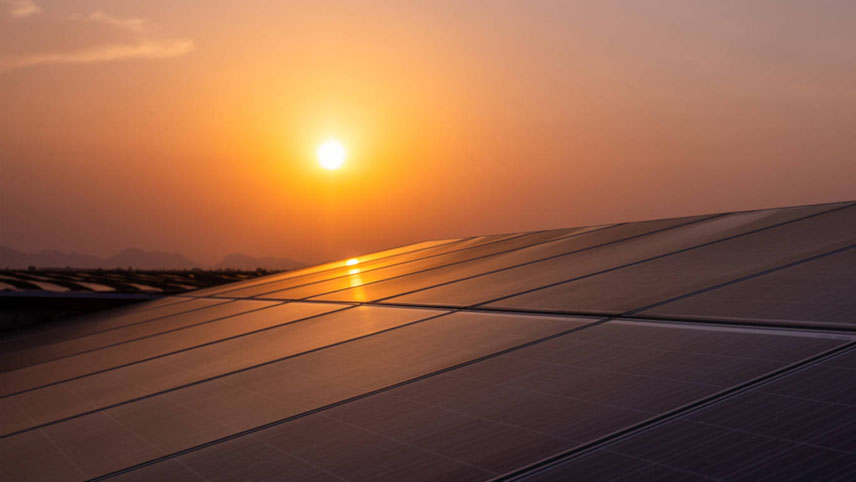The cycle has turned. Post the second wave of Covid, hope has engulfed Corporate India, which feels the worst is over. The consensus is that the third wave may not be so bad. Year 2021 has been one of the most challenging years for the manufacturing sector. Coming soon after the pandemic year, there was hope that 2021 would bring some normalcy compared to the earlier year which had seen all-round disruption due to the intermittent lockdowns. Labourers had also started moving off to their villages. However any hopes of getting back to normalcy were soon belied by the second wave of the epidemic. The number of Covid cases which had experienced a steep drop since November 2020 suddenly started flaring up in February 2021 and cases per million rose nearly five times from 50 cases to 250 cases by June. Corporate India rose to the occasion, helping mitigate the problems in whatever way it could. From building hospitals and setting up centres for accommodating beds for patients, several steel companies also started diverting the oxygen produced at their plants for medical uses. Reliance, Tatas, Birlas, JSW, Vedanta, JSPL, Ispat Nippon were amongst the bigger companies who lent their support to these efforts. It was only since June that some semblance of normalcy was restored. The figures of the IIP, for the period April-October 2021 for manufacturing were 21.2 per cent which does not really reflect the real picture as the figure for April-October 2020 was probably the worst witnessed by the sector in the pandemic year. Likewise the sharp double digit rise in GDP in the first half of the fiscal year also has to be viewed against the context of a sharp negative decline of 15 per cent in the first half of 2020-21. Against the emerging gloom and doom scenario, the government came out with production linked investment schemes for incentivising fresh investments, raising production, creating employment opportunities and substituting costly imports. The PLI schemes entailing a total of Rs1.97 lakh crore did see investments flowing in sectors like mobile and automobiles. It also envisaged creating a new ecosystem for feeding into the new system. The China +1 policy adopted by global companies could also take advantage of the higher production capacities being created in India. The benefits of PLI schemes will be felt over the next five years resulting in higher GST inflows to the government.
-

Destination growth: the PLI schemes helped revive the manufacturing sector

































